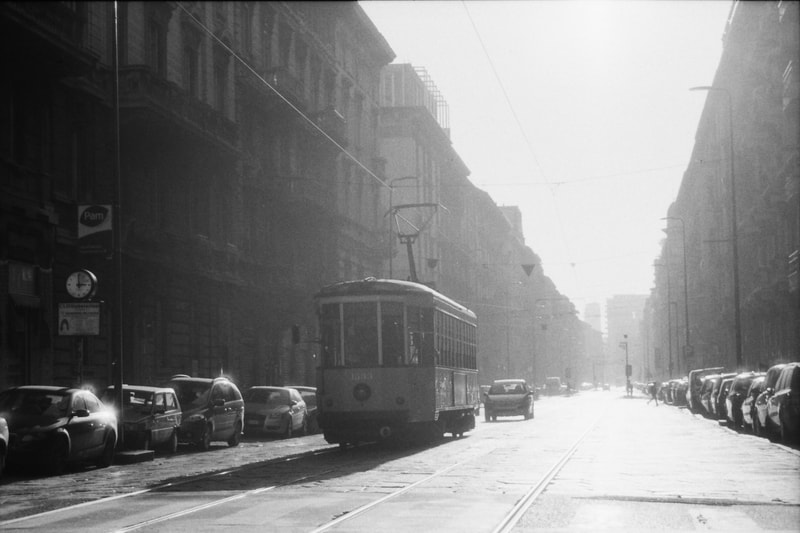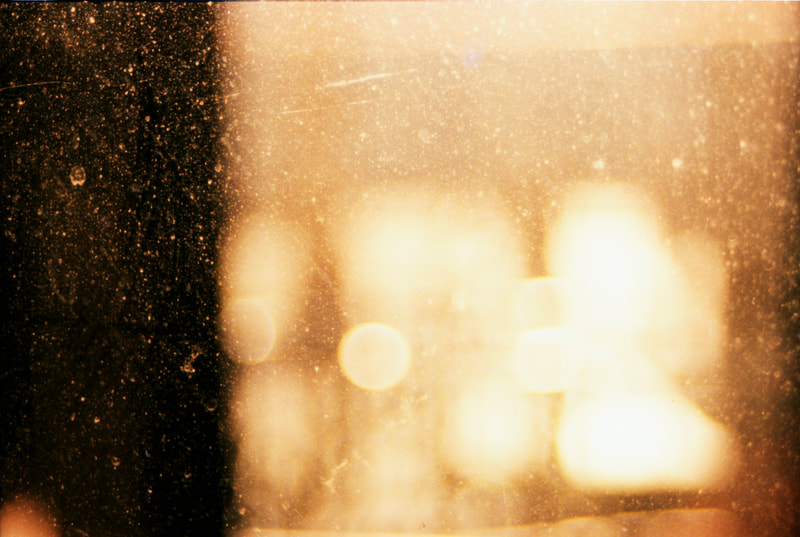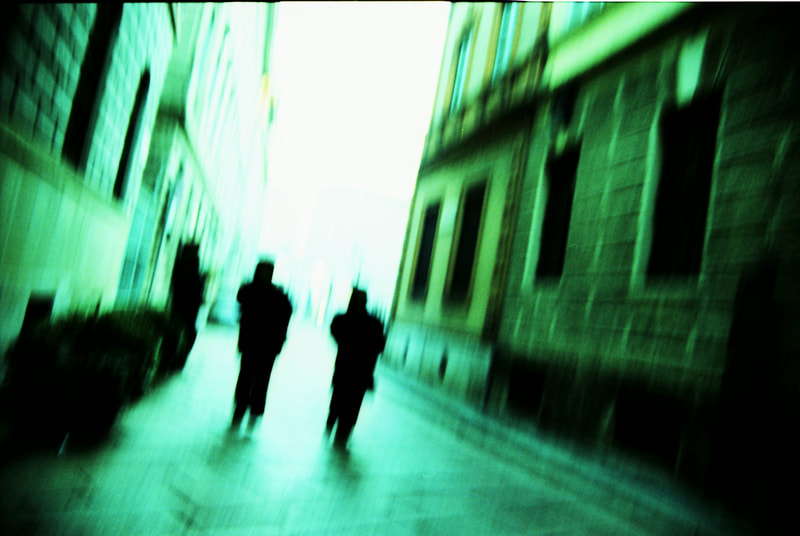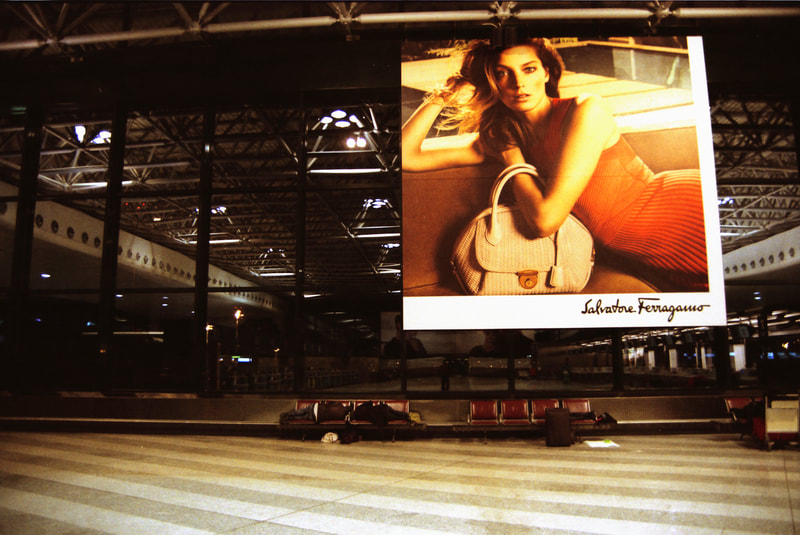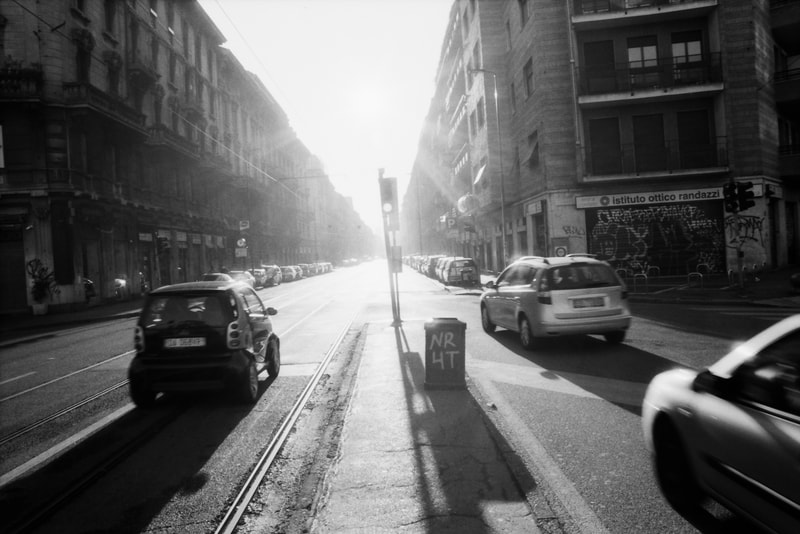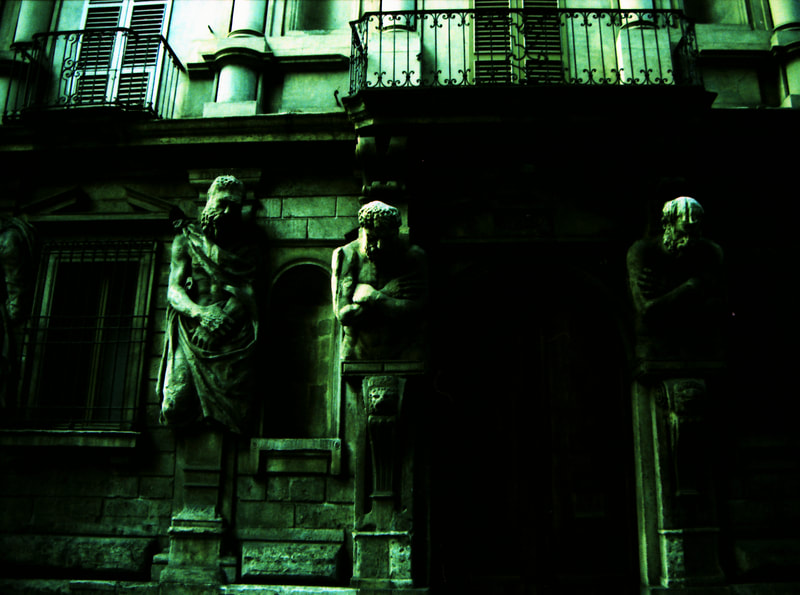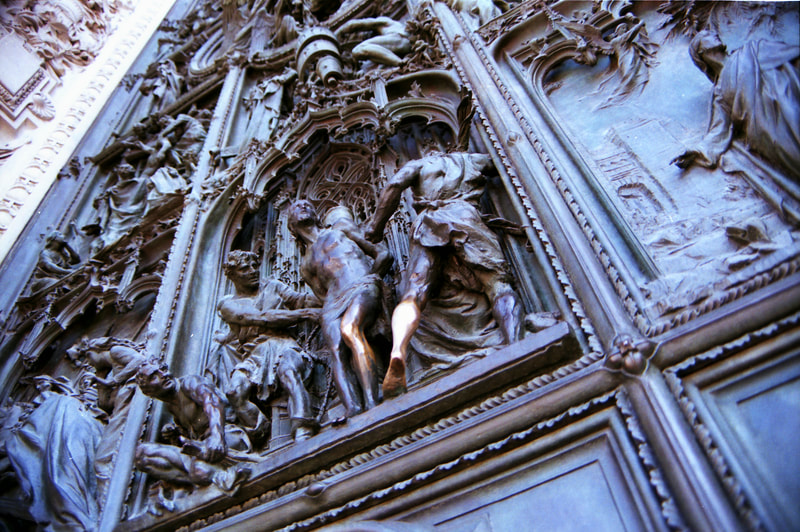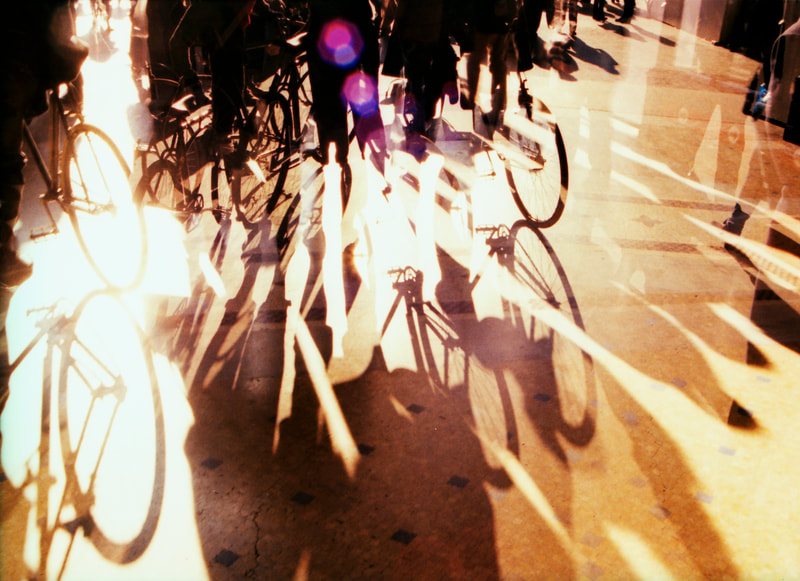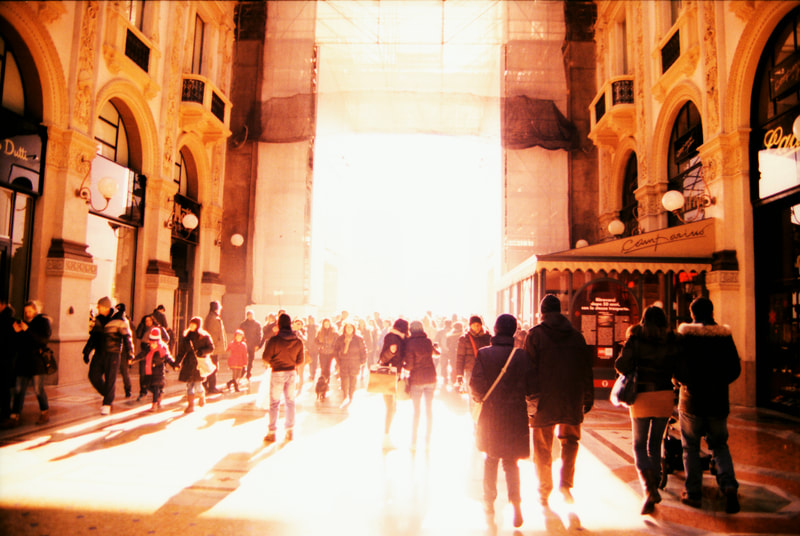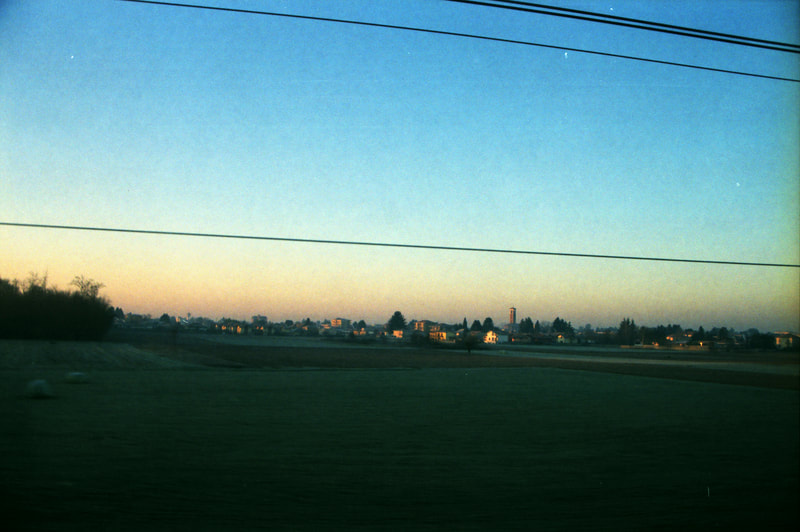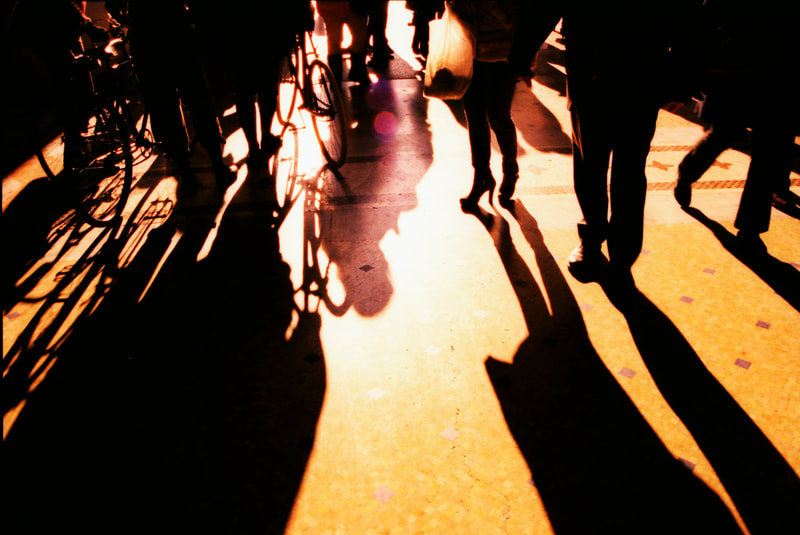What does it mean, to be a city? To be modern? Picture the place as an organism. Cities take on character, the way we, masses of cells, do the same. They absorb their blows and praises with stoic grace, fighting the onslaught of time with the only tool available: change. But some cities do it better than others. They don't become defined by their change; they swallow it whole, less becoming it than allowing it in, still able to speak from new facades. Look at how willing Milan is to be itself in all its contradictions. King County Metro for many years ran a bus model that originates from Italy, and the only other city to also drive the same coach was in Milan (visible in some of the images below). I write about that vehicle's curious existence here, wherein I state the following:
Unlike most countries, ours is eager to turn away from its past, to subsume it with glossy new facades. The West Coast cities in particular seem eager to erase the evidence of time, and it isn't just because they're newer. There was life here more than fifty years ago, but you'd be hard pressed to find it now. Where are the actualizations of the lives of our local forefathers, the Dennys, Sealths, Yeslers, aside from the pithy plaque or statue? Where are the deep shades of faded brick, the echo of trees and buildings which predate the lives of our families, when homes and shoes and toys and clothes were built to last? In a world that starts and spurts through change without pausing to take stock of itself, any sign of constancy is a deep comfort to me.
That is what that whisper is, that subtle reassurance we feel when confronted with trees standing tall against the horizon, the home you grew up in which is still standing, and yes, this strange and glorious Breda monster, old and weathered enough to be a father figure in its own right, gently reminding us that the we and the world will, as ever, continue.
Europe has the gumption to speak in the language of centuries.
Like so many other nearby strongholds Milan allows its past to register as present, but more than them it is fluent in the vernacular of the Now. It leads its country's charge in defining the contemporary, and wrestles with the problem of living today: epochs used to last longer than human lives. Now we outlive them, such is the speed of modern existence. How is one to function? What does one do, and what would that look like? The secrets are in how Milan speaks with a sameness of breath in its oldest and newest facades. I do not know its answers. But somewhere swimming about in these images might be a glimmer.
As with every image on this site, all photographs here are 35mm film with no digital manipulation or post-processing. A mix of Velvia (reddish shots), Kodak Elite Chrome (greenish shots) and Provia (blueish shots) stock cross-processed, Portra (straight color), and Fomapan 100 (B&W).
Unlike most countries, ours is eager to turn away from its past, to subsume it with glossy new facades. The West Coast cities in particular seem eager to erase the evidence of time, and it isn't just because they're newer. There was life here more than fifty years ago, but you'd be hard pressed to find it now. Where are the actualizations of the lives of our local forefathers, the Dennys, Sealths, Yeslers, aside from the pithy plaque or statue? Where are the deep shades of faded brick, the echo of trees and buildings which predate the lives of our families, when homes and shoes and toys and clothes were built to last? In a world that starts and spurts through change without pausing to take stock of itself, any sign of constancy is a deep comfort to me.
That is what that whisper is, that subtle reassurance we feel when confronted with trees standing tall against the horizon, the home you grew up in which is still standing, and yes, this strange and glorious Breda monster, old and weathered enough to be a father figure in its own right, gently reminding us that the we and the world will, as ever, continue.
Europe has the gumption to speak in the language of centuries.
Like so many other nearby strongholds Milan allows its past to register as present, but more than them it is fluent in the vernacular of the Now. It leads its country's charge in defining the contemporary, and wrestles with the problem of living today: epochs used to last longer than human lives. Now we outlive them, such is the speed of modern existence. How is one to function? What does one do, and what would that look like? The secrets are in how Milan speaks with a sameness of breath in its oldest and newest facades. I do not know its answers. But somewhere swimming about in these images might be a glimmer.
As with every image on this site, all photographs here are 35mm film with no digital manipulation or post-processing. A mix of Velvia (reddish shots), Kodak Elite Chrome (greenish shots) and Provia (blueish shots) stock cross-processed, Portra (straight color), and Fomapan 100 (B&W).

